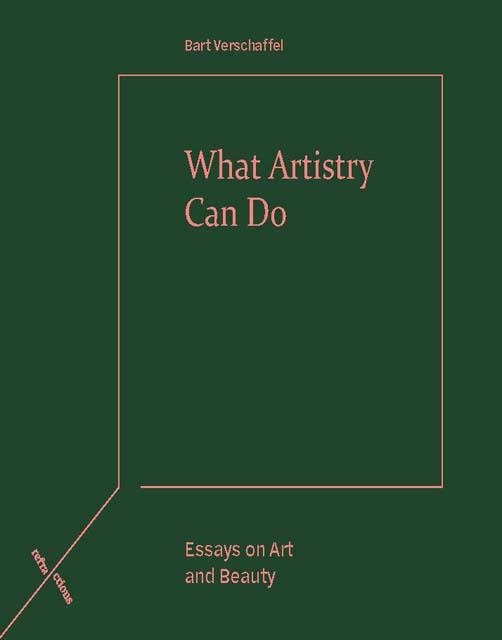11 - Fatal Truths: Notes on the Beauty Experience
Published online by Cambridge University Press: 18 November 2022
Summary
When what I see exalts my sight, and when
what I hold is desired …
(Quand ce que je vois exalte ma vue, et quand
ce que je tiens se fait désirer …)
Paul ValéryTwentieth-century art has taught us that ‘something can be good art without being beautiful’. Art is not about a refinement of the senses, about decorating or about making beautiful things. What makes a work a work of art is not a set of aesthetic properties but the aboutness or ‘embodied meaning’ of an action or object in a specific institutional and discursive context. Much of twentieth-century art is still about beauty. Indeed, beauty has traditionally been, and according to the expectations of many up to today, remains, a theme or subject for art. But beauty does not matter and the value of the artwork does not depend on its ‘aesthetic qualities’. On the contrary, the being-beautiful stands in the way: ‘Beauty trivializes that which possesses it.’2 Beauty makes art easy. So much for Arthur Danto's idea of the beautiful in modern art.
Danto has analysed the conceptual operations behind modern art and formulated its institutional assumptions. But stating that art is not expected to be beautiful does not mean that the signification of that art is solely based on its relevance or its content's greater or lesser degree of provocativeness. Much avant-garde art de facto derives support from a different aesthetic, with its own long history in art: the fascination with the ugly, the monstrous and the disgusting. An ugly thing does not just represent an absence of beauty; it is a useful resource for making the ‘conceptual’, provocative negation of artistic beauty poignant and convincing.
It is therefore highly questionable whether modernist art, as Danto conceives of it – from Marcel Duchamp's Fountain to Andy Warhol's Brillo Boxes – really does away with the primacy of the aesthetic and the ‘retinal’ when it detaches art from beauty. But instead of discussing that here, I will concentrate on the underlying issue of the nature and role of aesthetic judgement and the beauty experience. I will dispute that an aesthetic judgement as such expresses or presupposes a beauty experience and argue that such an experience does not in itself constitute a value judgement.
- Type
- Chapter
- Information
- What Artistry Can DoEssays on Art and Beauty, pp. 142 - 153Publisher: Edinburgh University PressPrint publication year: 2022



